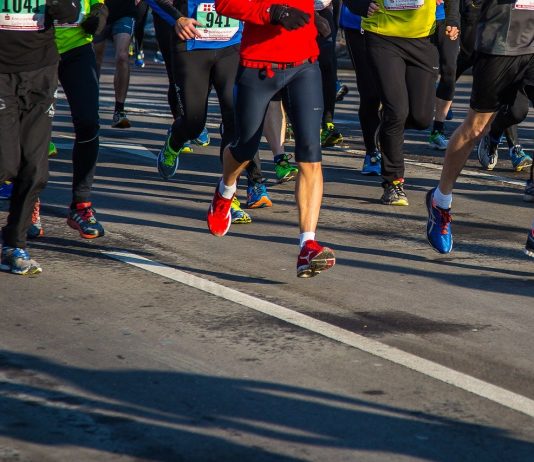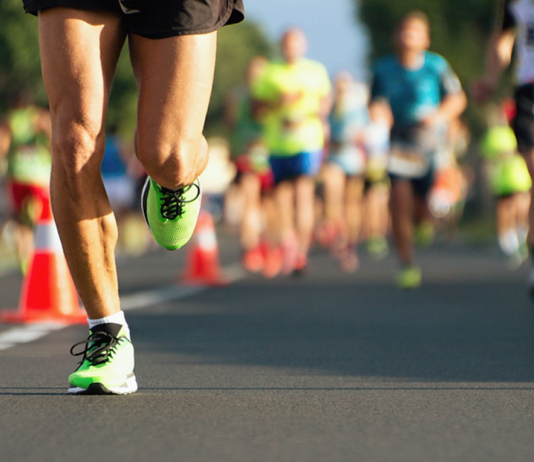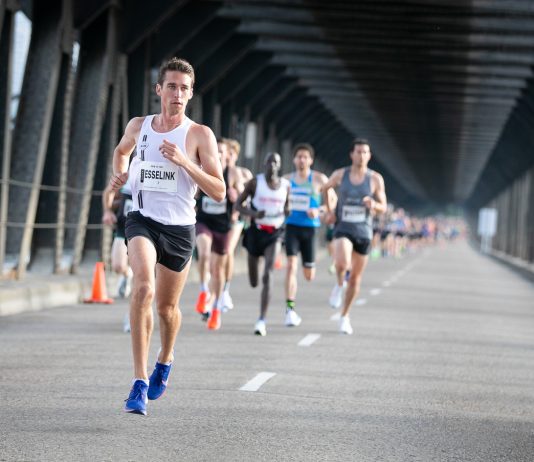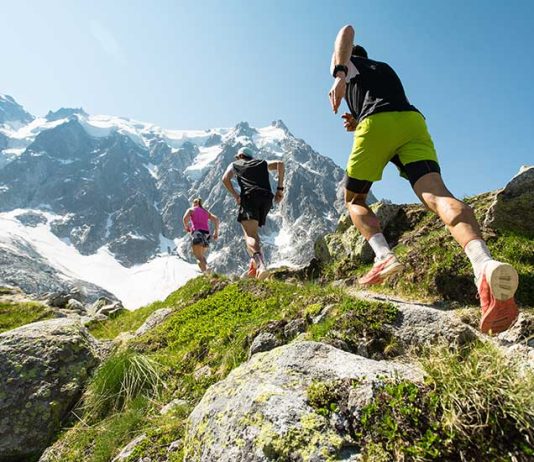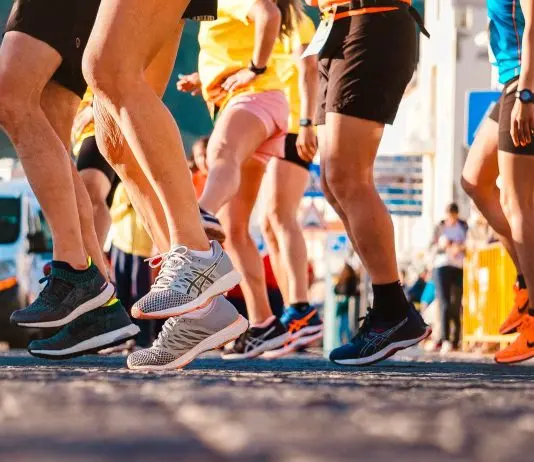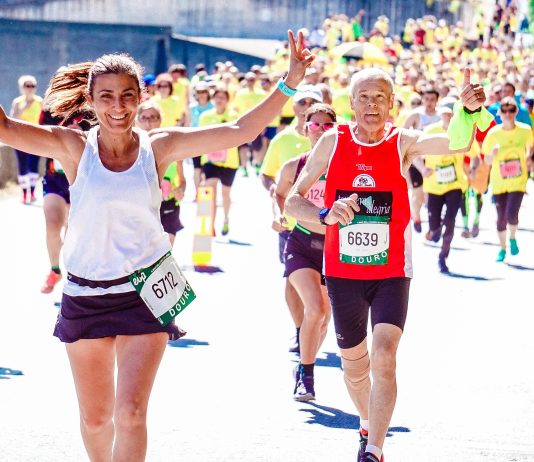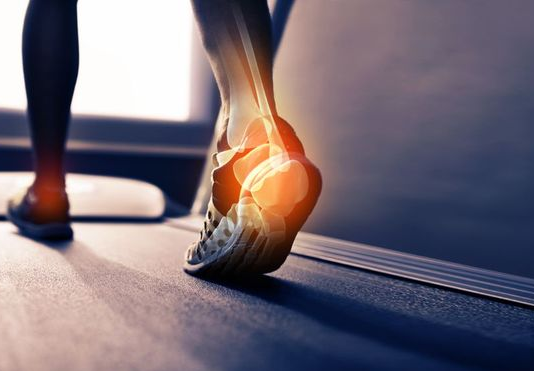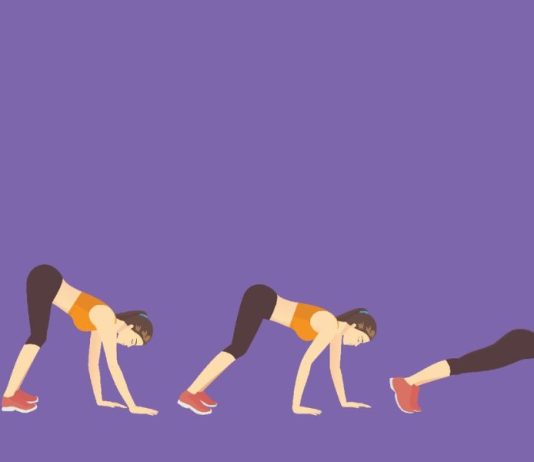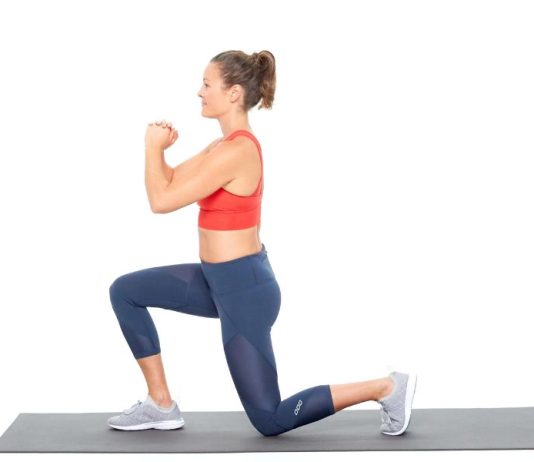Injuries are an inescapable reality in the world of trail running, even for those who diligently prioritize injury-prevention exercises. Let's face it - most of us would rather add an extra mile to our run than allocate time to exercises like deadlifts and crabwalks. Studies show that around half of all runners experience injuries within a single calendar year, making it more a matter of when, rather than if, one becomes part of this statistic.
Understanding the complexities of muscle cramps during exercise requires delving into the mechanisms behind neuromuscular control. Dr. Martin Schwellnus's theory on "Altered Neuromuscular Control" underscores the intricate balance of signals that govern muscle contractions. This imbalance leads to the overstimulation of muscles, resulting in cramps—a notion gaining significant traction among researchers.
Discover the Insider’s Guide to Marathon Cramps: From Causes to Proven Solutions
Runnerstribe Admin -
For seasoned runners and novices alike, cramps during a marathon are an unfortunate yet familiar experience. From the common stitches plaguing newcomers to full-body spasms encountered in endurance challenges, cramping remains an unwelcome companion throughout the running journey.
The world of running, exhilarating and health-boosting as it may be, is not devoid of lurking risks. Whether you're a seasoned marathoner or just stepping onto the running path, the specter of injuries can rear its head. Comprehending the underlying factors fueling these injuries is critical for both foresight and recuperation. Three fundamental culprits often stand out as the driving forces behind running-related injuries: stress, muscular imbalances, and overuse.
Endurance training, widely celebrated for its health benefits, now presents a paradoxical twist. Recent research delves into a surprising connection between strenuous exercise and atrial fibrillation, or A-fib. This irregular and rapid heart rhythm condition, though often benign, holds potential risks for athletes.
The familiar refrain that "running will spell trouble for your knees" has likely crossed the ears of many a runner. These words of caution often lead runners to ponder the effect of their cherished sport on their knee joints, raising questions about whether it's time to trade in their running shoes for a biking helmet. However, it's imperative to distinguish fact from fiction and delve into the scientific veracity of these claims.
For those who've reached the milestone of 50 and beyond, the world of running takes on a unique blend of allure and caution. While it's no secret that the risk of injuries tends to escalate with age, there's no need to bid farewell to your running ambitions. By adopting prudent measures, you can continue to relish the joys of jogging well into your 80s and beyond, ensuring a vibrant and active lifestyle.
Sports Injuries and Regenerative Medicine: Getting Athletes Back in the Game Faster
Runnerstribe Admin -
There's nothing more debilitating for an athlete than an injury that keeps them sidelined. It's not just the physical pain they have to contend with, but also the mental stress of not being able to compete and perform at their very best.
Fitness enthusiasts and health experts increasingly turn to dynamic stretching as a crucial component of their pre-workout routine. Jessica Chellsen, DPT, CSCS, a respected physical therapist and the visionary behind Vibrant Coast Physical Therapy & Wellness, lauds the benefits of this active form of stretching. Dynamic stretching involves moving your muscles and joints through their full range of motion, engaging your entire body, and replicating movement patterns specific to your chosen sport or exercise.
Gone are the days when pre-workout warm-ups consisted of long, static stretches, evoking memories of '90s kids clad in school colors performing awkward hurdler poses before their coach-mandated mile jog. Exercise science has revolutionized the way we prepare our bodies for physical activity, introducing a game-changing approach: the dynamic...



